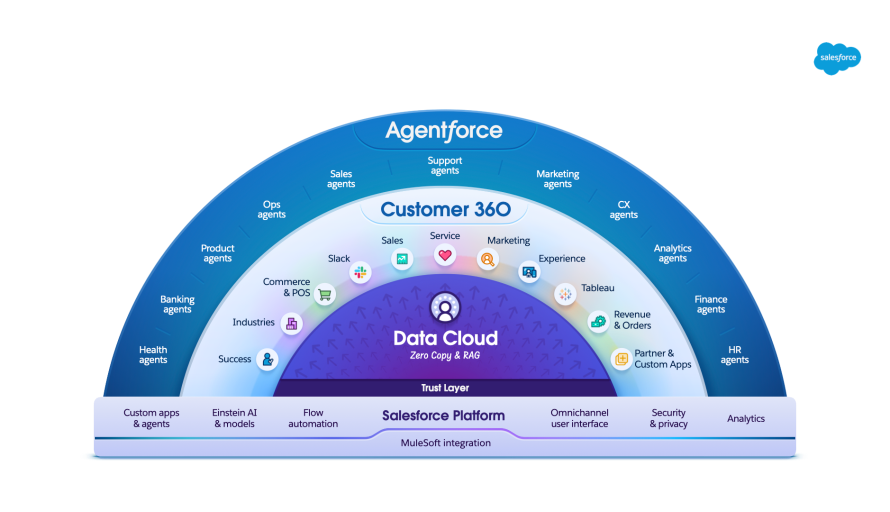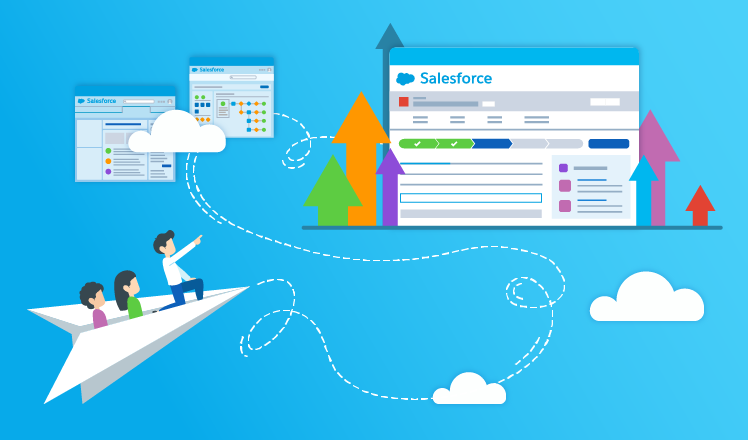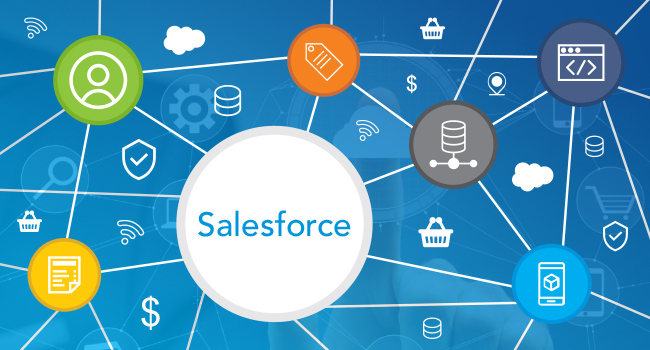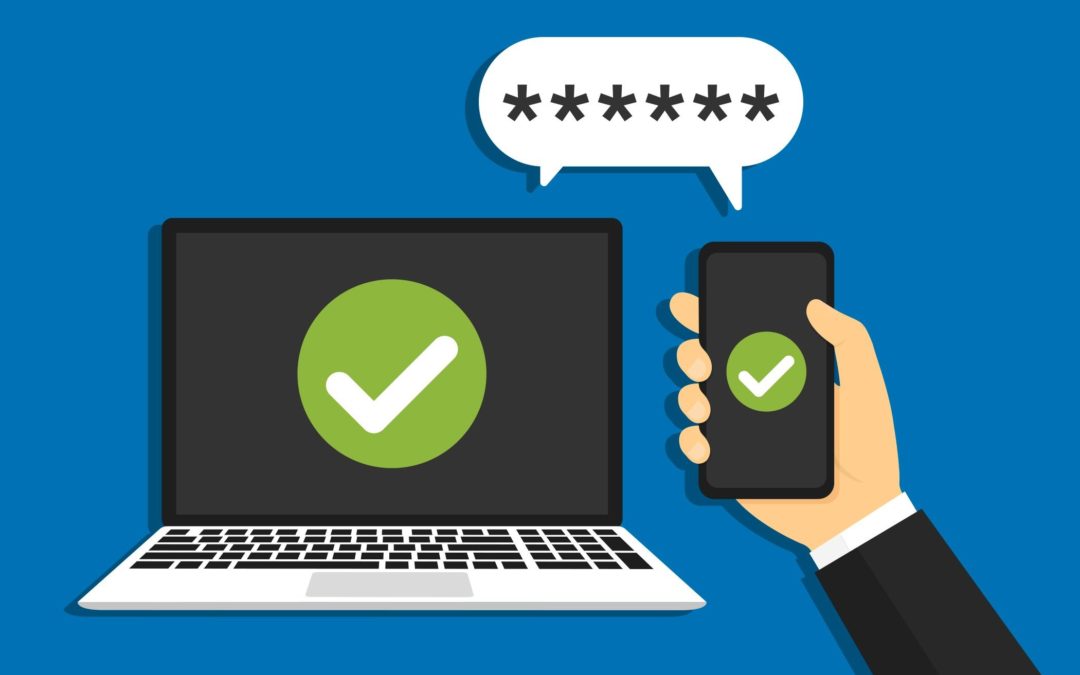A Comprehensive Guide to Avoiding Phishing Attempts
Hackers’ phishing tactics have gotten more sophisticated, posing a huge danger to the security of Salesforce accounts. A phishing assault can result in unauthorized access to sensitive data, financial loss, and reputational damage to your firm. In this blog, we will look at how to protect yourself and your company from phishing attempts on Salesforce, giving you the ability to keep one step ahead of fraudsters.
Educate Yourself and Your Colleagues
The first line of defense against phishing assaults is knowledge. Educate yourself and your team on the several forms of phishing efforts, including email phishing, spear phishing, and social engineering. Conduct training workshops on a regular basis to enhance awareness of the current phishing strategies and how to identify fraudulent emails, links, or messages.
Check Email Sources
Before clicking on any links or supplying critical information, always check the sender’s email address. Cybercriminals frequently utilize false email addresses that look exactly like authentic ones. Examine the sender’s name or domain for subtle variations or misspellings.
Turn on Two-Factor Authentication (2FA).
Enabling 2FA, as indicated in the last blog, gives an extra degree of security, even if hackers manage to acquire login information. Before getting access to their Salesforce account, users must submit a second form of verification, such as a one-time code given to their mobile device, with 2FA.
Be Wary of Links and Attachments
Clicking on links or downloading attachments from unknown or dubious sources should be avoided. Before clicking, hover your mouse over links to see the destination URL. If the link appears unknown or unrelated to the email’s content, don’t open it.
Suspicious Emails Should Be Reported
Make it a workplace culture for employees to report any strange emails they receive. Implement a clear procedure for swiftly reporting phishing attempts to the IT or security staff. This aids in the identification of possible dangers and the implementation of preventative steps to safeguard the organization.
Passwords should be updated on a regular basis.
Change your Salesforce account passwords on a regular basis, and encourage your users to do the same. Make strong passwords out of a mix of letters, numbers, and special characters. Avoid utilizing information that is easily guessed, such as birthdates or common words.
Use email filters and spam detection software.
To prevent phishing emails from reaching your employees’ inboxes, use strong email filters and spam detection systems. These technologies can assist in lowering the likelihood of users falling victim to phishing attacks.
Keep an eye on Account Activity
Examine your Salesforce account activity and login history on a regular basis. If you observe any unwanted access or suspicious logins from unfamiliar places or devices, revoke access and reset passwords immediately.
Maintain Software and App Updates
Maintain current software and programs, such as web browsers and email clients. Security patches that defend against known vulnerabilities are frequently included in software updates.
Salesforce phishing efforts can have serious effects for both individuals and organizations. You may dramatically lower your risk of falling prey to fraudsters by staying informed, deploying security measures such as 2FA, educating your employees, and remaining attentive against phishing efforts. Prioritize security at all levels of your organization, and we can develop a strong defense against these hostile threats together. Remember that in today’s digital landscape, safeguarding your Salesforce account is not an option; it is a requirement.
Published by Nadia Malikzada










